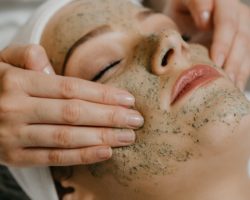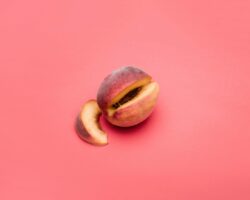Beauty therapy season is open
Autumn is the best time to improve the quality of your skin and make an appointment with a beautician. There are so many different types of treatments on the menu of beauty services that it is difficult to find your way through them all on your own. The most popular and tried-and-tested seasonal treatments for improving skin quality are plasmotherapy and biorevitalization. Together with the expert we will try to understand the differences between these treatments and when it is best to use them.
Plasmotherapy
The main difference is the preparation used. Plasma treatment does not use hyaluronic acid, but the patient’s own plasma (autoplasma), which is obtained from the blood of the patient by centrifugation. The impact on the skin is due to the high content of various trace elements, vitamins, amino acids, and most importantly, growth factors that are released from the platelets (white blood cells). There are several kinds of them.
Epithelial Growth Factor (EGF) – responsible for growth and development of epithelial tissues, synthesis of collagen protein.
Insulin-like growth factor (IGF) – regulates aging processes, tissue growth processes through various effects on target cells.
Vascular endothelial growth factor (VEGF) – stimulates vascular growth and improves tissue nutrition.
Transforming growth factor (TGF-β) – keeps immune system functions active, controls cell division.
Fibroblast growth factor (FGF) – is responsible for the reproduction and differentiation of many cells and body tissues
Platelet-derived growth factor (PDGF) – enhances tissue regeneration.
They are in biologically predetermined states, which ensures safe tissue exposure. In this way, we are able to work at different depths, capturing almost all structures subject to age-related changes. Plasma injections help to activate natural regeneration processes and accelerate intercellular metabolism, provide cell rejuvenation, cell division, stimulate collagen synthesis, and have anti-inflammatory properties.
No papules remain after the procedure, injection sites may be visualized for a few days, bruising is possible. The course of plasma varies depending on the tube used, the form of plasma and the problem to be solved. On average – from 4 treatments once a month.
Indications: loss of tone and skin elasticity, dryness, acne, hyperpigmentation, hair loss, seborrheic dermatitis. Plasmotherapy has also proven to be an excellent preparation for aggressive procedures, as well as for healing afterwards.
Biorevitalization
This method always uses hyaluronic acid, in preparations it can be in pure form or in combination with vitamins, microelements, antioxidants and peptides. The main effect we expect from this procedure is hydration. Many people think that hyaluronic acid itself moisturizes, but the injections of the preparation stimulate fibroblasts, restore the dermal matrix, and the water which is formed when the acid is broken down by skin enzymes moisturizes. More often than not, it is the disruption of the skin barrier that causes dry skin. Usually, up to the age of 30-35 we have enough of our own hyaluronic acid. In ageing, photodamaged skin, the amount of hyaluronic acid decreases and its quality changes. Such skin has more short-chain molecules, while younger skin has longer hyaluronic acid chains. Such hyaluronic acid has good properties for our skin: it suppresses inflammation, it accumulates growth factors, therefore a combination of methods will only increase the effect of each.
Injected hyaluronic acid activates cellular activity and collagen renewal, but to a lesser extent creates a depot for hydration. Generally, unstabilised hyaluronic acid preparations are used in the form of a gel. After the treatment, papules remain, which disappear within 2-4 days. Biorevitalisation is the best choice for dry, dull, dehydrated and flabby skin.






